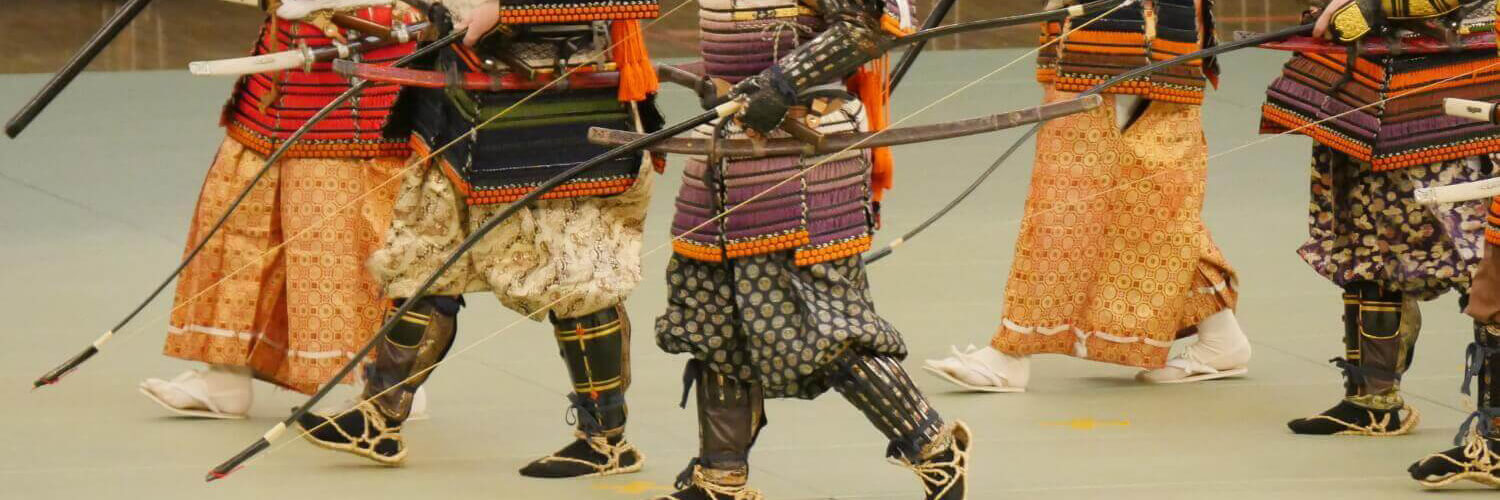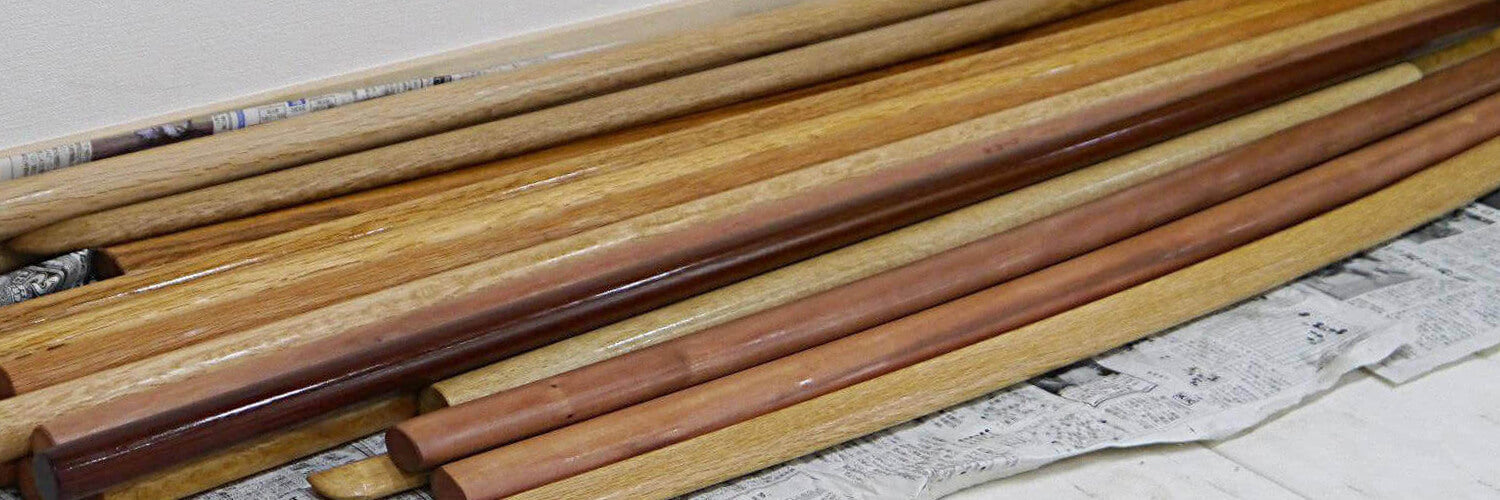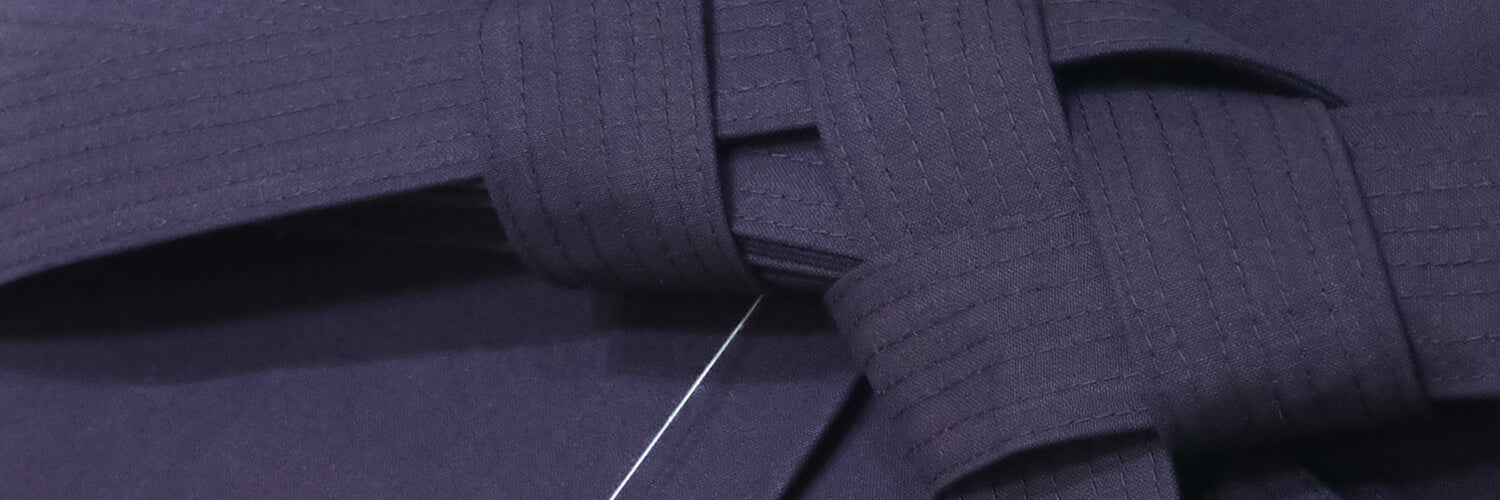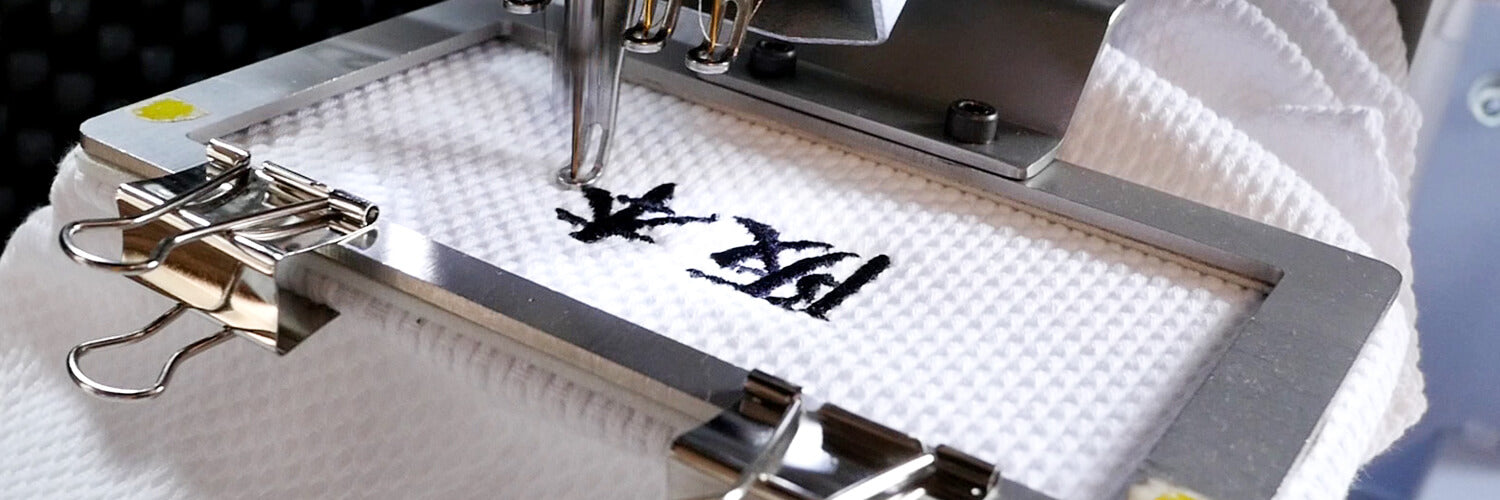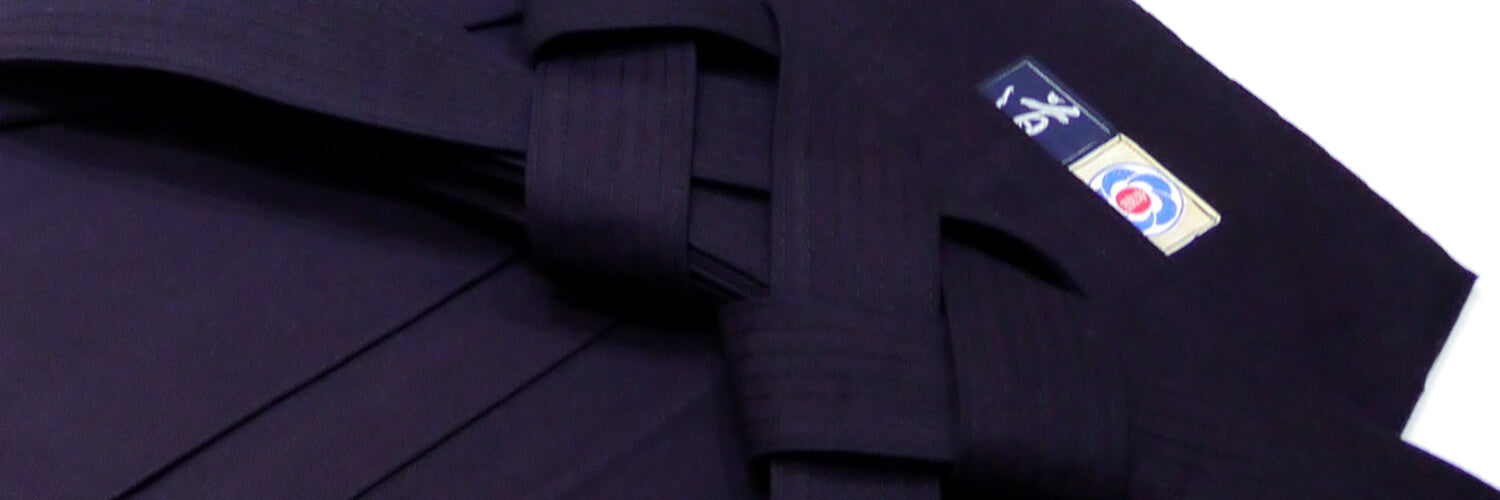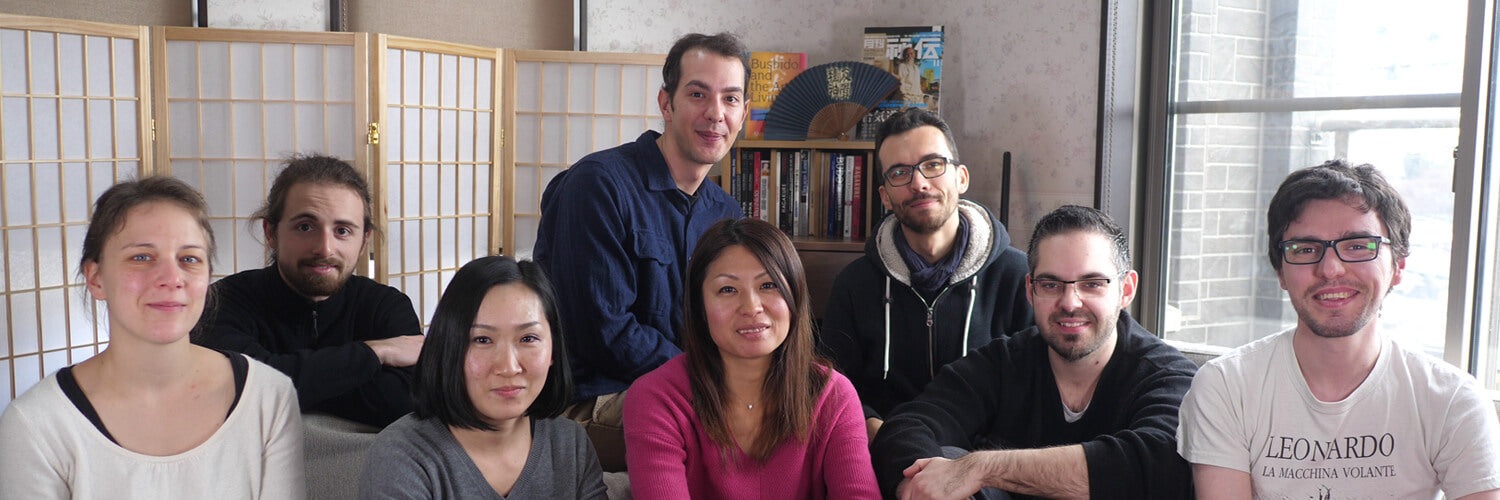
No, it’s not directly related to Budo, but nonetheless, it’s an interesting story that some of our followers may appreciate. Seido was one of the main contributors to the translation and release in Japan of the world number one e-commerce store provider. Why did we invest time in this? How did this happen? Trust us, we had good reasons!


